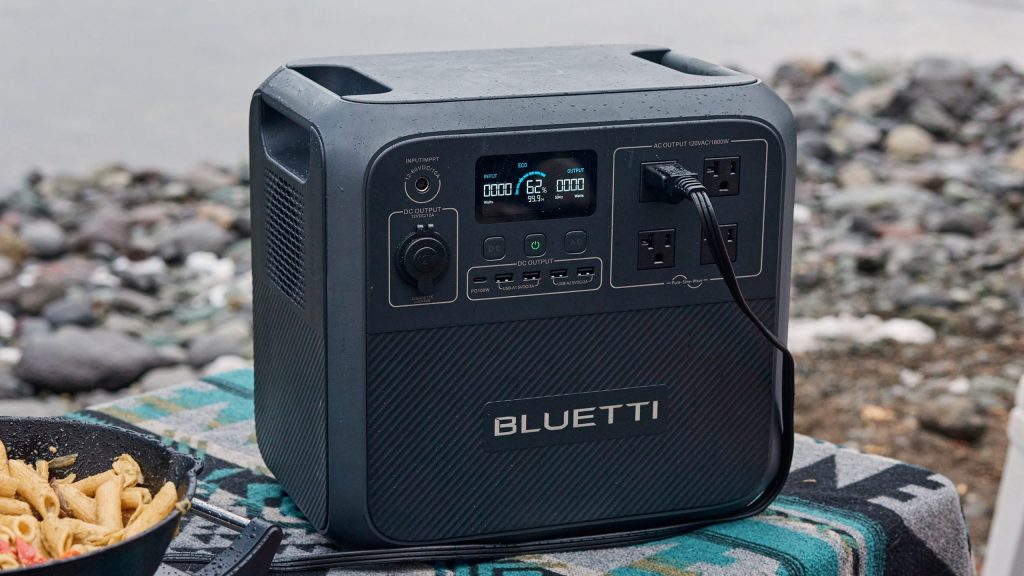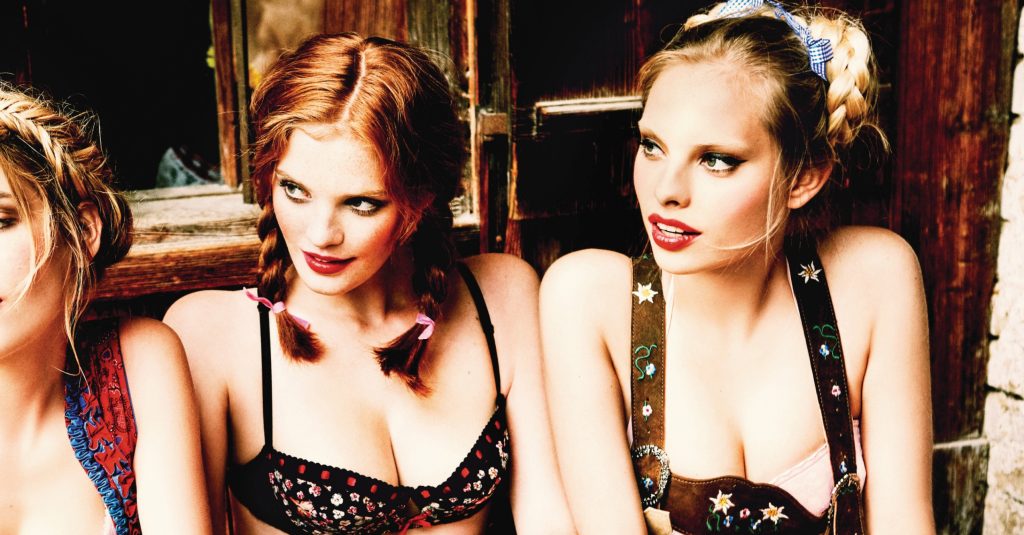Nowadays, whiskey drinkers complain about not knowing how old the whiskey they’re drinking is, or perhaps not knowing who distilled it (hint: it’s not always the same company that bottled it). Drinking concerns in the 19th century were less entitled; you’d be blessed if the whiskey you were drinking was whiskey at all.
“Before the federal government protected its citizens from adulterated meat or milk thinned with pond water and preserved with formaldehyde, it protected us from bad whiskey,” says Brian Haara, author of Bourbon Justice: How Whiskey Law Shaped America, which traces the story of America through the history of whiskey.
Haara is referring to the Bottled-in-Bond Act of 1897, the nation’s first consumer protection law, which essentially protects people from buying or using shoddy products. In the case of whiskey, it means you aren’t drinking tainted whiskey or any other distilled spirit disguising itself as such.
-
George Dickel Bottled in Bond
-
Heaven Hill Bottled-in-Bond 7-Year Bourbon
-
Old Tub Bottled In Bond Bourbon
-
New Riff Kentucky Straight Bourbon
Best Craft Bourbon
-
Old Forester 1897 Bottled in Bond
-
Henry McKenna Single Barrel
Best Bottled-in-Bond Bourbon
-
Evan Williams Bottled-in-Bond
The History of Bottled-in-Bond
Making adulterated whiskey was commonplace in the 1800s. Mixing legitimate whiskey spirit with neutral grain spirits and adding flavors were just a few tactics regularly employed to make bad whiskey less bad, and improve margins. Bourbon, which was faked with the use of colorings and flavors, was a commonly knocked-off spirit.
President Grover Cleveland’s Secretary of Treasury John G. Carlisle, a Kentuckian, put together the Bottled-in-Bond Act to protect whiskey drinkers and straight whiskey distillers from inferior “whiskey.” The act, notably supported by Colonel Edmund Haynes Taylor, Jr (yes, that E.H. Taylor, Jr.), set the standard for what would be considered real whiskey, allowing drinkers to know they were getting the good stuff.
What Does Bottled-in-Bond Mean?
The Bottled-in-Bond Act of 1897 stipulates that whiskeys designed Bottled-in-Bond must be produced at the same distillery by the same distiller within the same distilling season, whether it be fall or spring. It must then be aged for at least four years in a federally bonded warehouse under federal government supervision, then cut and bottled at exactly 100 proof.
The only thing you can add to the whiskey was pure water, which meant you knew exactly what you were drinking when pouring a dram from a bottle with the Bottled-in-Bond tax strip over the cork. What’s more, you were getting the purest expression of a distiller’s ability to make whiskey.
Haara notes that, save for single-barrel whiskey, there is “nowhere to hide with Bottled-in-Bond. It takes confidence and skill when a distiller can only rely on exactly the same age barrels.” Whether or not that confidence and skill are any good, the designation at least gives the drinker that assurance that they’re not drinking a clear spirit tainted with literal garbage. “Bottled-in-Bond has never guaranteed quality, but it has guaranteed authenticity and purity,” he says.
What does bottled-in-bond mean today?
Distilleries like Heaven Hill, Buffalo Trace and other legacy whiskey brands are carrying on the tradition of Bottled-in-Bond from the 19th century to today. While whiskey drinkers may be less worried about drinking fake whiskey, the Bottled-in-Bond designation offers drinkers transparency and reflects the distillery from which it came. It’s very much in line with the idea of “craft,” whether it be in the beer, wine or whiskey worlds, and its rise in popularity among drinkers.
“Bottled-in-bond has never guaranteed quality, but it has guaranteed authenticity and purity.”
Jay Erisman, co-founder of New Riff Distilling, started out in liquor retail before getting into whiskey distilling. At The Party Source, one of the best liquor stores in the country, Erisman called Bottled-in-Bond a “dying category.” The Bottled-in-Bond section was little more than the place old men would go to get high-proof, low-priced booze. Then it hit him.
“We came to view Bottled-in-Bond not just as a market segment, but as the world’s highest quality standard for spirits in the world,” Erisman says. “It’s higher than the standards in Scotland where you can add caramel coloring and let it be any proof. It’s much higher than the standards in Cognac, another indisputably great spirits region. Yet you’re allowed to add sugar? You’re allowed to add oak flavoring — are you kidding me?”
And now, New Riff only does Bottled-in-Bond (besides its single barrel options, which are barrel-proof).
In 2019, George Dickel, from the famed Cascade Hollow Distillery, started to make its own Bottled-in-Bond expression. Its head distiller, Nicole Austin, had come from Kings County Distillery in Brooklyn, New York, which was one of the first craft distilleries to launch a Bottled-in-Bond whiskey.
“George Dickel dedicating a line to Bottled-in-Bond whisky was important to show our commitment to transparency and authenticity,” Austin says.
“It’s authentic — no blending, no hiding, no gimmicks.”
The resurgence of love for Bottled-in-Bonds also has its ties to a growing trend for higher-proof sprits. “Although I don’t agree that proof is a proxy for whisky quality,” Austin says. “I have seen a desire for high-proof whiskeys and a lot of folks seeking them out.” And then there’s the bartending crowd. As New Riff’s Erisman notes, besides his own love for the 100 proof in Bottled-in-Bond, bartenders “respond to that because it makes a great cocktail,” as the high proof accounts for the “purity and performance” of Bottled-in-Bond.
Now, just what the hell does Bottled-in-Bond mean to you? It means you know exactly what you’re buying, and that the distillery made no compromises to make the whiskey you’re about to drink.
When Haara has asked folks why so many distilleries keep stocking their portfolio with Bottled-in-Bond expressions and why drinkers are drinking it all up, the answer he gets is simple: “They’re interested in Bottled-in-Bond because it’s authentic — no blending, no hiding, no gimmicks.”
George Dickel Bottled-in-Bond Tennessee Whisky
 George Dickel
George DickelGeorge Dickel Bottled in Bond
Since 2019, George Dickel’s been offering Bottled-in-Bond expressions, with 2021 being the first year it offered its spring vintage: a 13-year-old whiskey with notes of cherry, clove and almonds. As head distiller Nicole Austin tells us, “My process in distilling Bottled-in-Bond begins with a blind tasting of multiple lots of 10- to 14-year-old whiskies. Once I have the contenders identified, I choose the distilling season that has the most contenders to allow me to create a balanced and complex blend among those.” While the previous two iterations of George Dickel’s Bottled-in-Bond whiskeys were from the fall, Austin says that, “of all the distilling seasons, at this particular moment I felt that these barrels were at the peak of their maturation, offering the best balance of bold complexity coveted by whisky enthusiasts, with unexpected smoothness for a 100 proof spirit.”
Heaven Hill 7-Year Bottled-in-Bond
 Heaven Hill Distillery
Heaven Hill DistilleryHeaven Hill Bottled-in-Bond 7-Year Bourbon
A few years back in 2019, Heaven Hill released its 7-year-old flagship Bottled-in-Bond bourbon after retiring its much-loved 6-year-old bourbon. The current offering is a tribute to the original Old Heaven Hill Bottled-in-Bond Bourbon released in 1939. The golden amber-hued whiskey gets a few extra years in the barrel than what’s legally required to be deemed Bottled-in-Bond, and that extra aging gives the juice a smooth and warm honey-like sweetness on both the nose and the palate.
Old Tub Bottled-in-Bond Kentucky Bourbon
 Jim Beam
Jim BeamOld Tub Bottled In Bond Bourbon
Before there was Jim Beam, there was Old Tub. And before Old Tub was available nationwide, the only way to get a bottle (in a 375-milliliter flask), was by stopping by the distillery’s Kentucky gift shop. The non-chill filtered bourbon is one of the best values on the market right now, clocking below $30 in most liquor stores. It’s got a sharp bite to it, and — as mentioned on the bottle — is “robust.” It’s grainy, it’s sweet, it’s leathery — and if you drink too much, you’ll end up passed out in your tub.
New Riff Kentucky Straight Bourbon Whiskey
 New Riff
New RiffNew Riff Kentucky Straight Bourbon
Since 2014, New Riff has proven to be a formidable force in the whiskey world. While New Riff co-founder Jay Erisman doesn’t consider his distillery to be a “craft distillery,” one should be forgiven for calling New Riff as such. Erisman takes the Bottled-in-Bond requirements and adds another restriction to crafting New Riff whiskey: zero chill filtration. The high-rye mashbill — 65 percent corn, 30 percent rye and 5 percent malted barley — delicately balances corn sweetness and toasty baking spices, with a bit of long-lasting rye spiciness.
Old Forester 1897 Bottled in Bond Bourbon
 Old Forester
Old ForesterOld Forester 1897 Bottled in Bond
If it weren’t obvious to you, the “1897” in 1897 Bottled in Bond Bourbon is in reference to the act that gave us the Bottled-in-Bond act. Old Forester is the first to bottle bourbon, with its 1870 whiskey comprising bourbon from three distilleries: Mattingly, Mellwood and Atherton, then bottled at 90 proof. After the Bottled-in-Bond Act, founder George Garvin Brown abided by the law, and today you can get a taste of it with 1897. It’s a fruit-forward whiskey with your typical bourbon-related flavors, but its standout feature is how balanced and smooth it is.
Henry McKenna Single Barrel
 Heaven Hill Distillery
Heaven Hill DistilleryHenry McKenna Single Barrel
Henry McKenna Single Barrel took home “Best in Show, Whiskey” in 2019’s San Francisco World Spirits Competition, and finding a bottle at its original retail price of around $35 has become nearly impossible. While that exact batch (since this is a single-barrel whiskey) is probably long gone by now, there’s no denying each bottle is worth a try, perhaps even if you’ve got to spend double the MSRP. The 10-year aging process gives the bourbon a smooth oak flavor with nutty, spicy and sweet notes.
Evan Williams Bottled-in-Bond
 Heaven Hill Distillery
Heaven Hill DistilleryEvan Williams Bottled-in-Bond
Evan Williams is a Heaven Hill brand, which is why its Bottled-in-Bond expression is similar to others in the Heaven Hill family. There is literally no reason why you should not try Evan Williams Bottled-in-Bond, affectionally known as the White Label. It’s dirt cheap, available almost everywhere and, duh, it’s tasty. White Label punches you in the face with flavor upon first sip, which then mellows to a nice, long-lasting finish. Take another sip and you’ll find completely new tastes on the palate ranging from citrus to oak.



